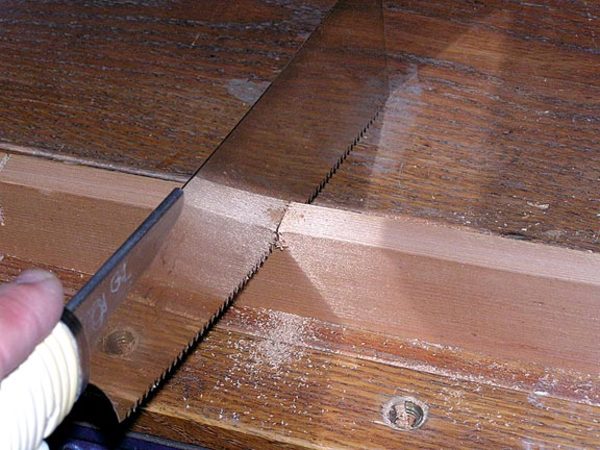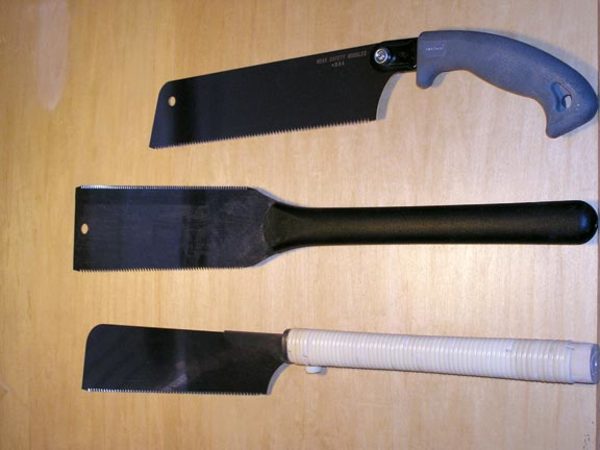Walk down the tool aisle of your local home improvement center, and you’ll see dozens of specialized power saws. Yet with all these choices at our fingertips, sometimes the task at hand requires nothing more than a simple handsaw. If you’ve purchased a handsaw in the past 20 years, it’s likely to be a Japanese-style saw or some Western reinterpretation.

A Bit of History
After World War II, many carpenters turned to portable motorized saws for speed and efficiency. As a result, the demand for handsaws fell. Quality decreased with each passing year as interest waned. The only readily available saws were cheaply made, with little attention to the detail and quality that carpenters had come to expect.
As a result, importers began to market a Japanese saw that cut on the pull stroke, rather than the push stroke like their American counterparts. At first a curiosity, Japanese saws grew in popularity when craftsmen and homeowners found that the saws were usually affordable, comfortable to use, and sharp right out of the box—features that more than made up for the necessary adjustments in cutting style.
Pros and Cons
Japanese-style saws have a number of advantages over American saws. Because they don’t have to be pushed through wood, they can accommodate thinner blades without buckling, and without the need for reinforcement in the form of a thick piece of steel bent over the upper edge of the saw.

In order for blades to cut without binding, the teeth of the blade are “set,” or bent slightly to each side in an alternating pattern. A Western-style saw requires a significant set, while Japanese versions require very little. As a result, the kerf (sawcut width) of the Japanese saw is very narrow, and only a minimal amount of wood is removed; hence, the saw requires less effort to use.
There are only a few disadvantages to Japanese saws. Sawdust is always deposited on the cut line and must be blown away repeatedly. Also, the thinner blade is more likely to wander, particularly in hardwoods with irregular grain patterns. The thin, very sharp teeth are prone to breakage when encountering knots or open-grain hardwoods like white oak, so extra care must be taken when sawing tough woods.
Blades that haven’t been induction-hardened (evidenced by a blackening of the metal along the teeth) can be sharpened, but since the teeth are ground in a complex cutting pattern, it’s a difficult task that requires specialized files and lots of patience. Finally, the short length of the blades available from local suppliers (7″ to 10″) can limit the size of the material cut. (Some specialized suppliers stock longer blades, although standard blades are generally sufficient for most everyday work.) Even with their drawbacks, Japanese pull saws are an excellent value when you need a quality handsaw, and newer Western-style saws just aren’t cutting it.
Ray Tschoepe, one of OHJ’s contributing editors, is the director of conservation at the Fairmount Park Historic Preservation Trust in Philadelphia.







